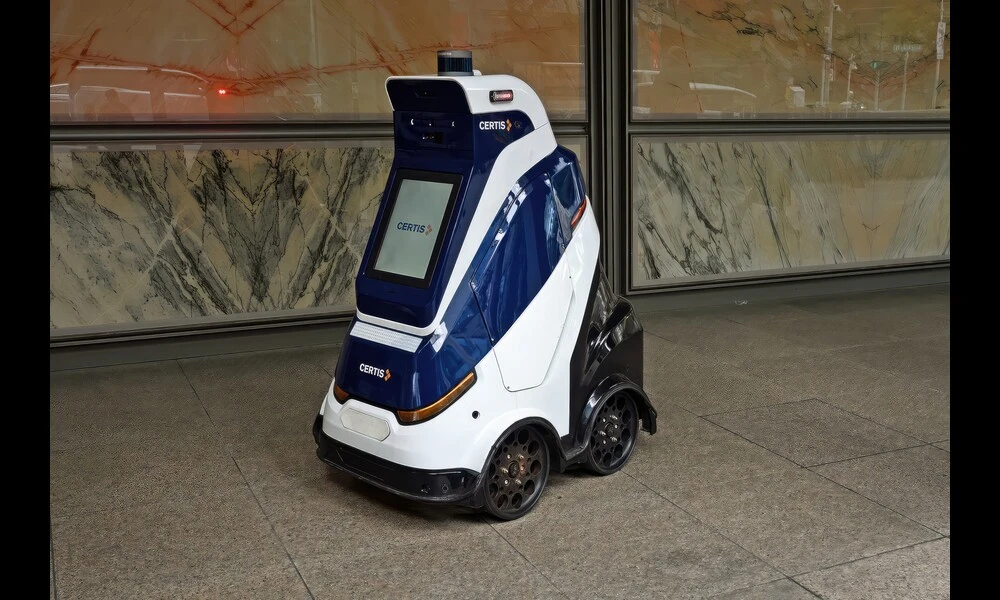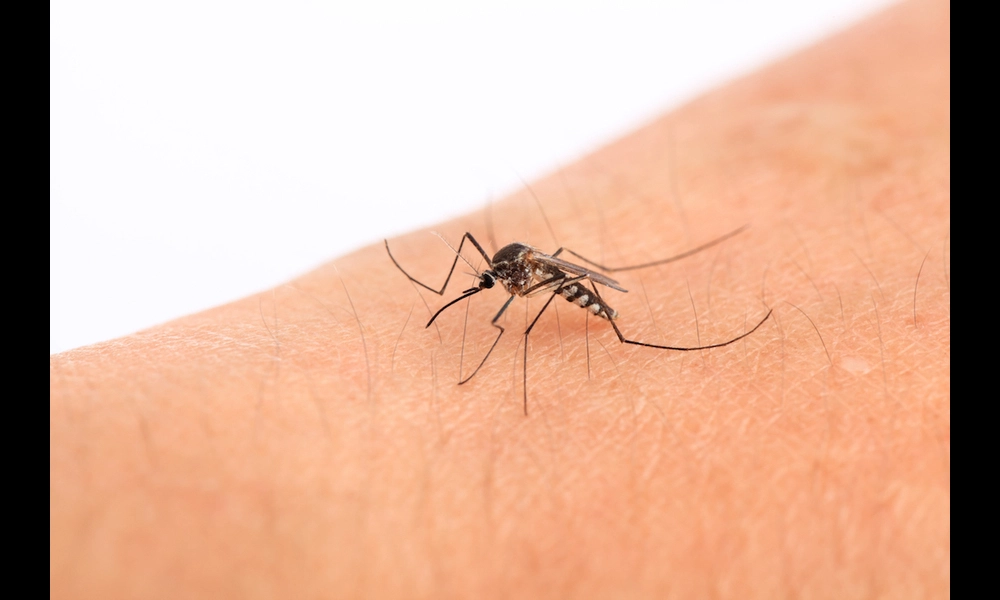Improving Navigation of Social Robots in Dynamic Environments
Published on Sun Sep 03 2023 Patrol Robot | Choo Yut Shing on Flickr
Patrol Robot | Choo Yut Shing on FlickrNew research focuses on improving the navigation of social robots to better interact with humans in a dynamic environment. The study, titled "Social Robot Navigation through Constrained Optimization: a Comparative Study of Uncertainty-based Objectives and Constraints," explores how uncertainty estimation of human motion prediction can be integrated into constrained optimization techniques, such as Model Predictive Control (MPC), in order to enhance social robot navigation.
The researchers propose various cost objectives and constraint functions derived from the uncertainty of predicting pedestrian positions. These objectives and constraints are then compared in challenging scenarios with multiple agents. The key question the study aims to answer is: what are the most important uncertainty-based criteria for social MPC? The proposed approaches are evaluated using social navigation metrics in a set of reproducible synthetic environments of different complexities.
One of the main challenges in social robot navigation is the unpredictability and uncertainty of human behavior. People may move unexpectedly, change direction suddenly, or give non-verbal cues that are difficult for robots to interpret. The study addresses this challenge by leveraging modern techniques that accurately predict and measure the inherent uncertainty of human motion.
Safety is another critical concern in social navigation, as robots need to avoid collisions and other hazards while navigating in close proximity to humans. The research explores advanced planning and control algorithms that consider the robot's capabilities, limitations, and the environment's constraints.
The evaluation of the proposed approaches includes several standard metrics such as simulation steps to target, number of collisions, and number of timeouts. The researchers used a simulation tool called PyMiniSim and the Headed Social Force Model (HSFM) to simulate pedestrian behavior in different scenarios.
The results of the experiments show that adaptive constraints play a crucial role in the performance of MPC-based methods. Controllers that employ adaptive constraints demonstrate better stability. The study also highlights the challenges in designing uncertainty-aware MPC components and the need for precise approximations. However, both chance constraints and methods employing Mahalanobis distance-based cost show potential in improving safety.
Overall, this research provides valuable insights into the design and implementation of socially-aware MPC for social robot navigation. It offers guidance to developers and researchers on when and how to effectively incorporate uncertainty-awareness into navigation algorithms, ultimately enhancing the interaction between social robots and humans in real-world scenarios. The next steps for the study include exploring additional implementations and conducting experiments on real robotic platforms.



